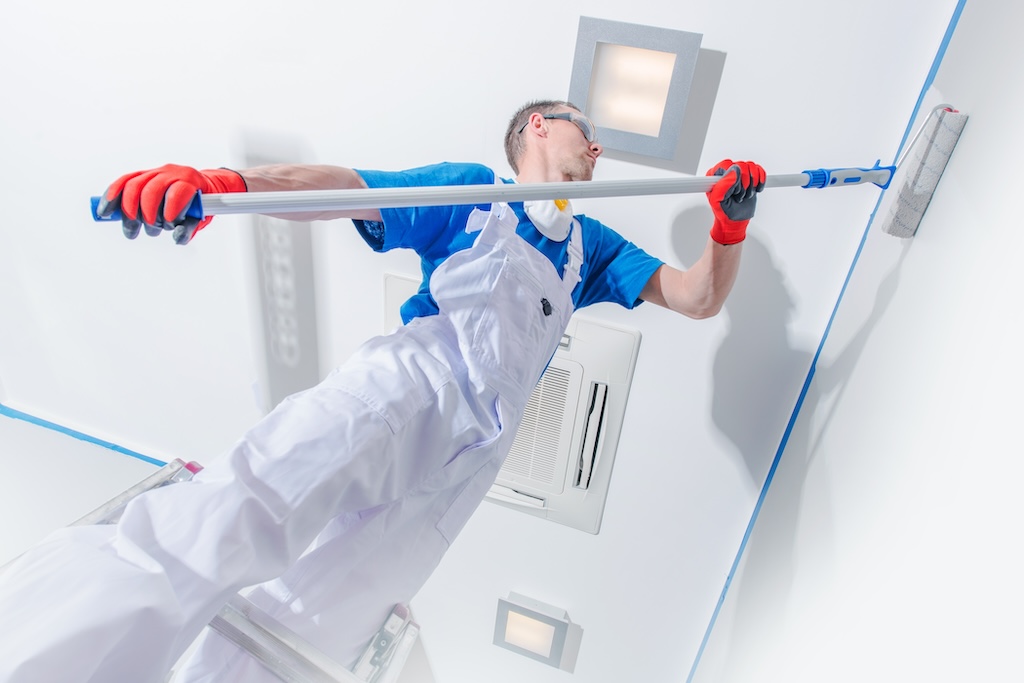In the competitive world of painting businesses, balancing quality and efficiency is crucial for success. High-quality work attracts and retains customers, while efficiency ensures profitability and sustainability. This blog discusses strategies for maintaining this balance, ensuring that your painting business delivers excellent service without compromising on efficiency. Implementing a balance of quality and efficiency can set your business apart in a crowded market.
Focus on Quality
Never compromise on quality. High-quality work leads to customer satisfaction, repeat business, and referrals. Invest in quality paints and materials, and ensure that your team is skilled and trained in various painting techniques. Consistent quality is what will get your business remembered and recommended.
Efficient Project Management
Efficient project management involves careful planning and execution. This includes accurate job estimation, effective scheduling, and minimizing downtime. Utilize project management software to keep track of timelines, budgets, and resources. Well-managed projects are more likely to finish on time and within budget, leading to better customer satisfaction and higher profit margins.
Continual Training
Regular training for your team is essential. Staying updated with the latest painting techniques, trends, and best practices ensures that the quality of work remains high while also improving efficiency. Continuous improvement through training can also boost team morale and skill levels. It’s an investment that pays dividends in both the short and long term.
Investing in the Right Tools
Invest in high-quality tools and equipment. Advanced tools can significantly increase efficiency, reduce labor time, and produce better results. This includes quality brushes, rollers, sprayers, and safety equipment. Proper tools can make the difference between a job that is just done and one that is done excellently and efficiently.
Effective Communication
Clear communication with clients about their expectations and project timelines ensures that you complete the job correctly on the first attempt. Similarly, effective internal communication with your team enhances job efficiency and reduces errors. Good communication also involves listening to the client’s needs and adapting to any changes swiftly. Keeping open lines of communication can prevent costly misunderstandings and rework.
Time Management
Good time management is key to efficiency. Prioritize tasks and set realistic deadlines. Avoid overcommitting to too many projects simultaneously, which can lead to rushed jobs and diminished quality. Efficient time management requires not just hard work, but also smart work—knowing when to say no and when to delegate.
Streamlining the Supply Chain
Establish strong relationships with suppliers for a steady supply of materials. Bulk purchases and timely ordering can reduce costs and prevent delays due to material shortages. A streamlined supply chain is essential for maintaining the rhythm of work without interruption. Being proactive with your suppliers can also lead to better prices and priority service.
Implementing Standard Operating Procedures
Develop standard operating procedures (SOPs) for common tasks and scenarios. SOPs ensure that every job is performed to a high standard and in a time-efficient manner. They also provide a basis for training new employees and scaling up operations. Consistency in operations is often the hallmark of a professional and reliable business.
Regular Feedback and Reviews
Regularly review and solicit feedback on your work. Understanding areas for improvement can help refine both quality and efficiency over time. Encourage feedback not just from clients but also from employees, as they are often the best candidates for identifying inefficiencies. Acting on constructive feedback can dramatically enhance performance and client satisfaction.
Final Thoughts
To succeed in the painting business, you must balance quality and efficiency. Focus on quality, streamline operations, invest in training and tools, and implement effective management practices to achieve this balance. This approach not only satisfies customers but also drives business growth and profitability. By adhering to these principles, your business will be well-equipped to thrive in the dynamic world of professional painting. For more insights into running an efficient and quality-focused painting business, visit our website at sisupainting.com and our blog at sisupainting.com/blog.





No comment